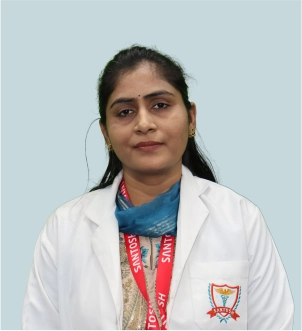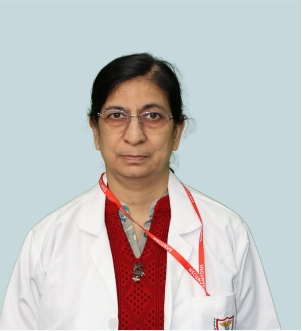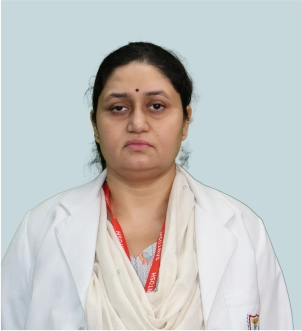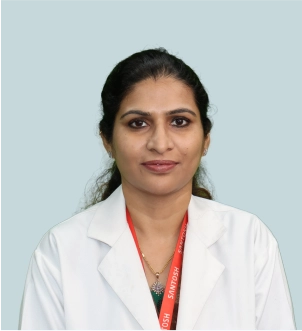
Post-graduate education is an essential component of healthcare training that aims to create specialists who can provide high-quality care and contribute to the advancement of science through research and training. The field of Anatomy is a critical area of specialization that requires a high level of expertise to meet the needs of the medical community effectively. To achieve this, it is essential to have uniform training guidelines that ensure that post-graduate students acquire the necessary competencies to handle all problems related to the specialty of Anatomy.
The purpose of these guidelines is to ensure that MD Anatomy post-graduate students receive uniform training throughout the country. The students should be able to deal effectively with the needs of the medical community and should be competent to handle all problems related to the specialty of Anatomy. The guidelines aim to equip post-graduate students with the necessary skills to teach anatomy to medical and para-medical students and integrate the teaching of Anatomy with other relevant subjects. It is essential to be aware of the limitations of one's knowledge while teaching and practicing the subject.
These guidelines have been prepared by subject-content specialists, and the Reconciliation Board of the Academic Committee has attempted to render uniformity without compromise to purpose and content. The guidelines aim to provide teachers and learners with illustrative guidelines to achieve defined outcomes through learning and assessment. While retaining the purity of syntax, compromise has been made in the presentation of the domains of learning under the heading of competencies to preserve the purpose and content.
In conclusion, post-graduate education is crucial in creating specialists who can provide high-quality healthcare and contribute to the advancement of science. The guidelines for MD Anatomy post-graduate students aim to ensure uniform training throughout the country and equip students with the necessary skills to meet the needs of the medical community effectively. These guidelines are essential in providing teachers and learners with illustrative guidelines to achieve defined outcomes through learning and assessment.
Assessment :
There shall be four theory papers.
Practical’s: spread over a minimum of 2 days
First Day Practical:
(a): Gross Anatomy
(b): Histology:
Second Day Practical:
Practical and Oral:
Practical Examination to be organized as per details given below:
Teaching & learning:

Professor & HOD

Professor

Associate Professor

Assistant Professor

Assistant Professor

Assistant Professor
MD Anatomy opens up various career opportunities for the graduates in both academic and non-academic fields. Some of the potential career paths for MD Anatomy graduates are:
Overall, MD Anatomy provides graduates with a wide range of career options in the healthcare and research industries.
©2026 Santosh Deemed to be University | Designed, Developed & Managed by : HashTAGit. Last updated on 09th Jan 2026